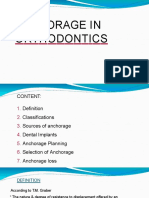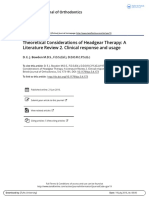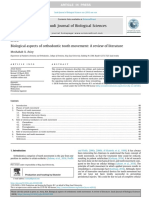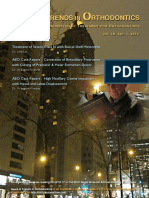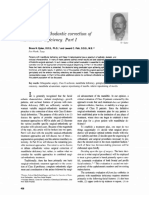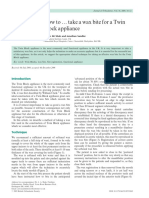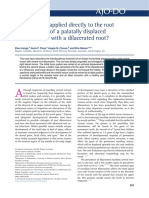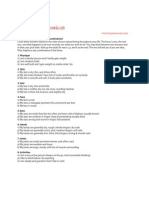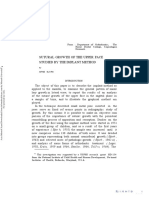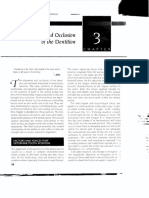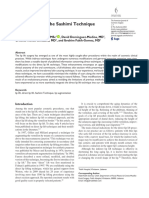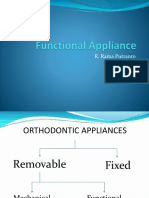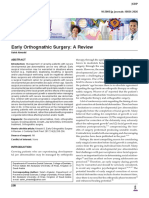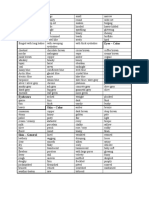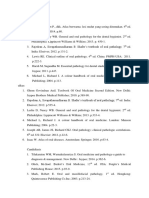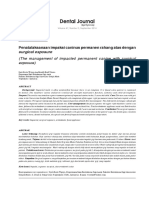0% found this document useful (0 votes)
366 views29 pagesPresented By: Satyam Mehta Bds Iv Yr
1) Anchorage is defined as the resistance to unwanted tooth movement and depends on factors like the root form, size, and inclination of teeth.
2) Intraoral structures that provide anchorage include teeth, alveolar bone, and the palate, while extraoral structures include the occiput and facial bones.
3) Anchorage can be classified as simple, stationary, or reciprocal depending on force application and as intramaxillary or intermaxillary depending on the jaw involved. Implants and temporary anchorage devices can also be used to reinforce anchorage.
Uploaded by
Gurdeep SinghCopyright
© Attribution Non-Commercial (BY-NC)
We take content rights seriously. If you suspect this is your content, claim it here.
Available Formats
Download as PPTX, PDF, TXT or read online on Scribd
0% found this document useful (0 votes)
366 views29 pagesPresented By: Satyam Mehta Bds Iv Yr
1) Anchorage is defined as the resistance to unwanted tooth movement and depends on factors like the root form, size, and inclination of teeth.
2) Intraoral structures that provide anchorage include teeth, alveolar bone, and the palate, while extraoral structures include the occiput and facial bones.
3) Anchorage can be classified as simple, stationary, or reciprocal depending on force application and as intramaxillary or intermaxillary depending on the jaw involved. Implants and temporary anchorage devices can also be used to reinforce anchorage.
Uploaded by
Gurdeep SinghCopyright
© Attribution Non-Commercial (BY-NC)
We take content rights seriously. If you suspect this is your content, claim it here.
Available Formats
Download as PPTX, PDF, TXT or read online on Scribd
/ 29



